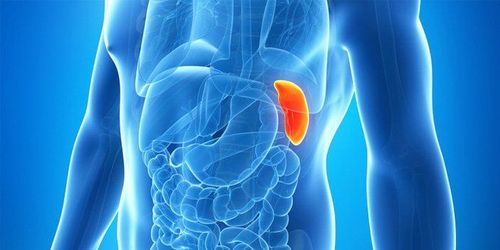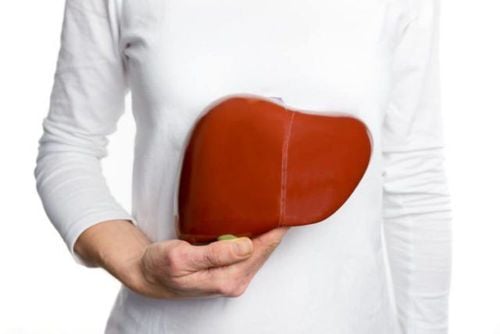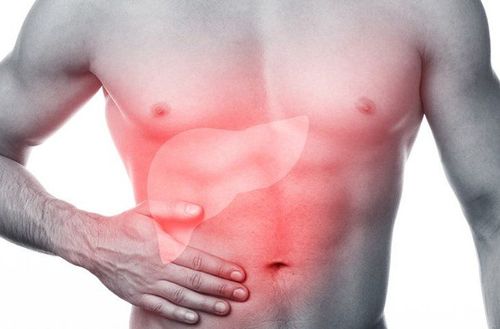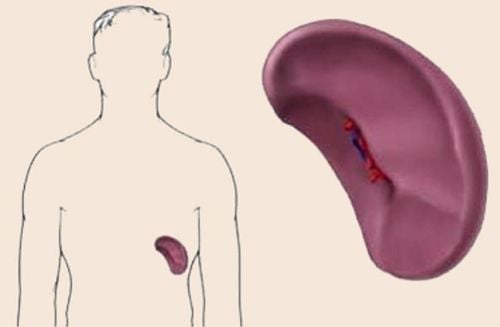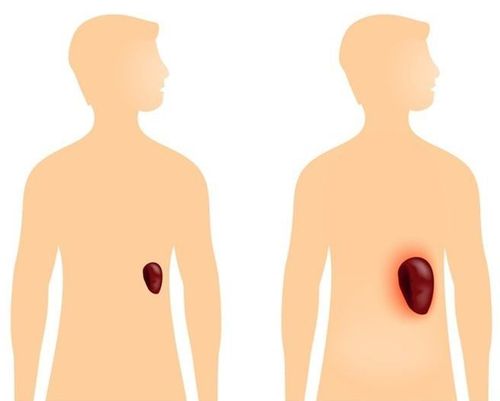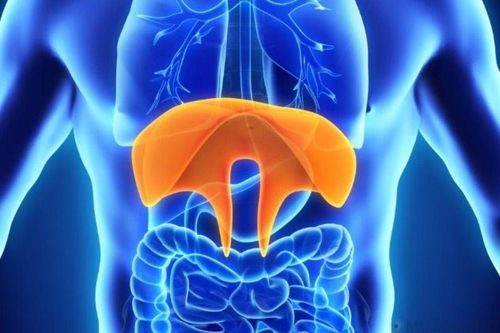This is an automatically translated article.
The article was professionally consulted with resident Doctor Le Thanh Tuan - Gastroenterologist - General Surgery Department - Vinmec Nha Trang International General Hospital.Abdominal trauma is a common emergency, the main cause of abdominal trauma is traffic accidents and occupational accidents. Patients can damage each organ or experience multiple injuries in abdominal trauma, so treatment and management need to be carried out quickly to avoid dangerous complications for the patient.
1. What is Abdominal Trauma?
Abdominal trauma are injuries to the abdomen including blunt abdominal trauma and penetrating abdominal trauma.1.1 Closed abdominal trauma
Currently, most of the injuries in the abdomen are closed abdominal injuries with the main cause being traffic accidents, accidents in daily life or occupational accidents. Abdominal trauma usually consists of single visceral injuries in the order of most common: spleen, liver, retroperitoneum, small intestine, kidney, bladder, large intestine, diaphragm, pancreas, or also can are multiple injuries to two or more different organs.The mechanism of injury of abdominal injuries is as follows:
Due to the sudden increase and decrease in speed, different organs move at different speeds, leading to tearing of the ligaments, especially in the contact areas. adjacent to fixed positions. When an accident occurs, the organs are compressed leading to damage, especially solid organs such as liver, spleen or kidney. Sudden increase in intra-abdominal pressure can cause rupture of hollow viscera according to Boyle's law.

1.2 Abdominal penetrating wound
For wounds that penetrate the abdomen today are often caused by sharp objects such as knives and scissors, and in wartime, the cause of these injuries is mainly caused by fire.2. How are abdominal injuries diagnosed?
For the best treatment of abdominal injuries, specialists often focus on dealing with the main problems of how to diagnose the patient's injury as quickly as possible and give the appropriate treatment plan. for each patient.Normally, to diagnose a patient's abdominal trauma, the doctor will examine the patient, then assign the patient to do the following specific things:
Blood test: Blood cell analysis , blood type, coagulation function X-ray: Helps diagnose fractures, hollow viscera, diaphragmatic, spine injuries... Abdominal puncture, laparotomy Abdominal ultrasound: Is a method It is effective for identifying fractures in the liver, kidneys, and abdominal cavity with fluid. However, abdominal ultrasound cannot recognize some lesions such as hollow visceral rupture. CT Scanner: Only performed when hemodynamic status is stable Laparoscopy: Only performed for penetrating abdominal wounds and wounds. Closed abdominal injury with indication for surgical intervention. Perform laparoscopy with stable hemodynamic status.

3. Treatment and management of abdominal trauma
3.1 General handling
The general principle of treatment for abdominal trauma is to handle emergency situations, for patients who have lost too much blood, they must have active shock and blood transfusion to replenish the lost blood.If the patient is diagnosed with internal bleeding, then quickly perform surgery to manage. Treatment of peritonitis when the patient has a perforated hollow viscera and proceed to treat extra-abdominal injuries
3.2 Treatment of some common abdominal injuries
Injury to the liver and bile: Common injuries in abdominal trauma are broken, crushed liver, hematoma, gallbladder rupture, biliary bleeding... For liver, specialists will try their best. The liver is preserved as much as possible and only the damaged parts cannot be saved. As for biliary tract injuries, depending on the case, the doctor will appoint removal or restoration with gallbladder drainage. Injury to the spleen: In abdominal trauma, rupture of the spleen is the most common injury. To treat this injury, the doctor will recommend partial or complete removal of the spleen or conservative sutures for small tears and favorable suture sites. For solid organ injuries such as hepatosplenomegaly, depending on the case, the doctor may prescribe embolization to the site of hepatosplenomegaly, thereby stopping the injury site. Pancreatic injury: This is a rare injury. only accounted for 1-3% of abdominal trauma cases. However, if the patient has pancreatic damage, it proves that the force exerted on the abdomen is very large because the pancreas is an organ located deep inside. To treat pancreatic lesions, the doctor will rely on the extent of the damage to make a treatment plan. For minor injuries, conservative treatment can be done by stopping bleeding and restoring the wound site. More severe lesions may require surgery to remove the tail and body of the pancreas or even a pancreatectomy.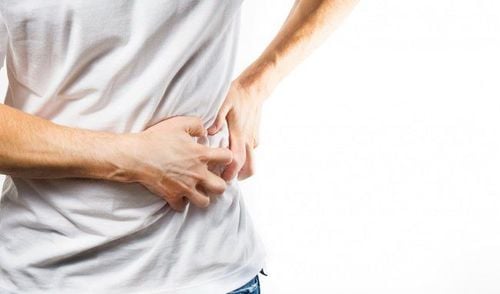
Please dial HOTLINE for more information or register for an appointment HERE. Download MyVinmec app to make appointments faster and to manage your bookings easily.





